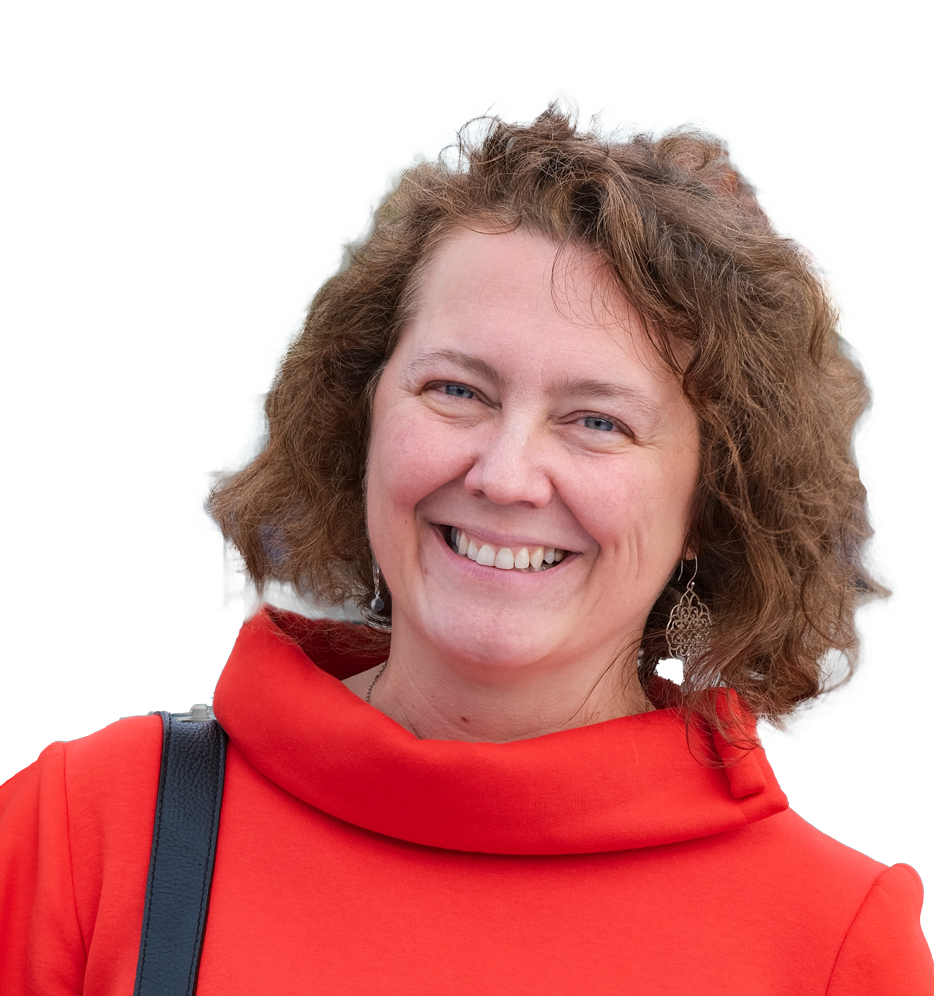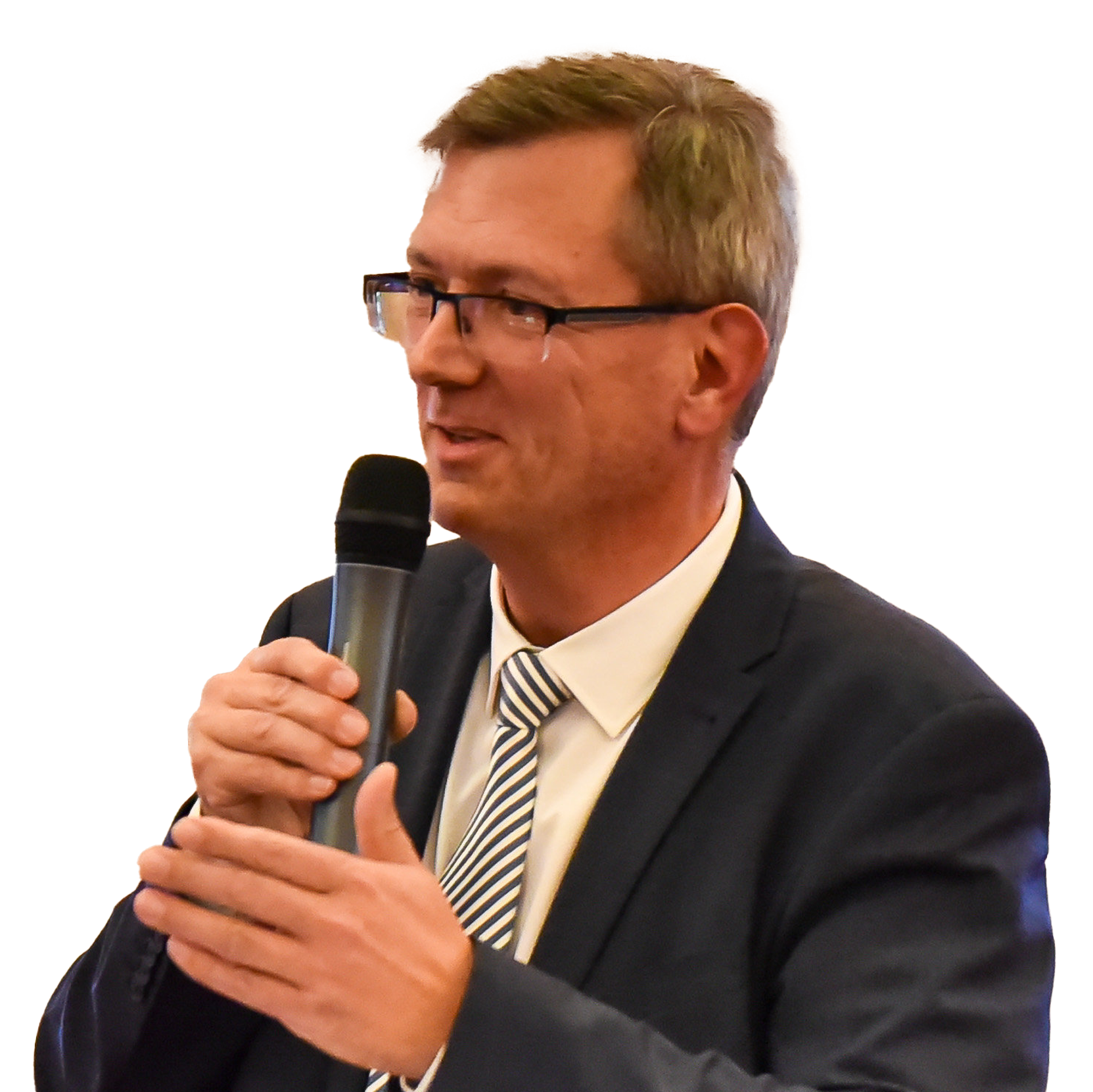
The past mandate in the European Parliament was dynamic and turbulent. The COVID-19 pandemic and Putin’s invasion of Ukraine disrupted global trade and the economy. Inland ports and inland navigation were not spared. Lockdowns, supply chain disruptions and rising energy and transport costs temporarily led to significant changes in demand for transport services as well as logistical issues. Meanwhile, inland ports continued to play a crucial role in the logistics chain and kept our economy running. At the same time, the ‘Fit for 55 package’ was introduced, containing many measures to achieve a 55% CO2 emissions reduction by 2030.
Europe was at a turning point. As a result, inland ports now face a number of challenges related to transitioning to clean energy, advancing digitalisation and fostering the necessary green and digital skills.
First, the energy transition. Onshore power supply significantly reduces emissions in both sea and inland ports. To make this happen, infrastructure development is essential. As the shadow rapporteur in the negotiations on the Alternative Fuels Infrastructure Regulation, I focused on ensuring the rollout of a robust network in the coming years.
Second, digitalisation is a key aspect of the «twin transition». Paperless trade routes, increased data collection and automated navigation contribute to the green transition. This requires inland ports to collaborate with each other. Efforts in education are underway to keep up with these advancements. The inland ports in the North Sea area for example, work together under the NON STOP project (Smart digital Operations Needed for a Sustainable Transition of Ports), which is led by the ports of Zwolle, Meppel and Kampen. Through this collaboration, ports in The Netherlands, Belgium, Germany, Denmark and Norway work together to fully digitalise the processing of port calls and fees. The use of digital tools will lower port congestion as ships can load or unload quicker. Ships can adjust their speed before approaching the port, which leads to more efficient energy usage. This shows that the entire sector is charting a new course to ensure its future readiness.
Nevertheless, I am aware that this transition poses enormous (financial) challenges for inland ports. Creating the right conditions is crucial to establish a viable green business case. Both inland ports and ship-owners need to be sure that significant and risky investments will pay off. Therefore, it is vital to receive help and assistance.
That is why I advocated for the establishment of a European inland waterway fund, to provide financial support for the transition towards sustainability and digitalisation. The fund needs to be accessible, particularly for inland ports and for small and medium-sized enterprises (SMEs). The European Commission mentioned the idea in its inland waterway transport strategy NAIADES III, but there is still work to do. To me, this is about willingness to provide an accessible ‘one stop shop’ desk where inland ports and ship-owners can find support when designing great ideas for ‘green growth’.
We need all hands-on deck to achieve our common goals. This became evident while writing an own-initiative report on behalf of the European Parliament. The energy transition, digitalisation and the need for green and digital skills in inland navigation education, were all topics of consensus within the sector. There is a shared understanding that the sector must navigate towards a new direction to remain relevant and future-proof.
One thing is abundantly clear: the sector is ready to tackle these challenges head-on. As we navigate through these changing times with our new digital and green course, I am confident that we will reach calmer waters if we stand together. As a Member of the European Parliament, I was committed to listening to your voices and representing your interests. In the future, I will promise you to keep promoting your important role for our economy, wherever and whenever I can.






